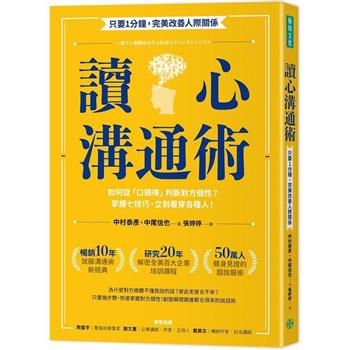Clear-sighted, darkly comic, and tender, The Twenty-Seventh Letter of the Alphabet is about a daughter’s struggle to face the Medusa of generational trauma without turning to stone. Growing up in the New Jersey suburbs of the 1970s and 1980s in a family warped by mental illness, addiction, and violence, Kim Adrian spent her childhood ducking for cover from an alcoholic father prone to terrifying acts of rage and trudging through a fog of confusion with her mother, a suicidal incest survivor hooked on prescription drugs. Family memories were buried—even as they were formed—and truth was obscured by lies and fantasies.
In The Twenty-Seventh Letter of the Alphabet Adrian tries to make peace with this troubled past by cataloguing memories, anecdotes, and bits of family lore in the form of a glossary. But within this strategic reckoning of the past, the unruly present carves an unpredictable path as Adrian’s aging mother plunges into ever-deeper realms of drug-fueled paranoia. Ultimately, the glossary’s imposed order serves less to organize emotional chaos than to expose difficult but necessary truths, such as the fact that some problems simply can’t be solved, and that loving someone doesn’t necessarily mean saving them.
In The Twenty-Seventh Letter of the Alphabet Adrian tries to make peace with this troubled past by cataloguing memories, anecdotes, and bits of family lore in the form of a glossary. But within this strategic reckoning of the past, the unruly present carves an unpredictable path as Adrian’s aging mother plunges into ever-deeper realms of drug-fueled paranoia. Ultimately, the glossary’s imposed order serves less to organize emotional chaos than to expose difficult but necessary truths, such as the fact that some problems simply can’t be solved, and that loving someone doesn’t necessarily mean saving them.












